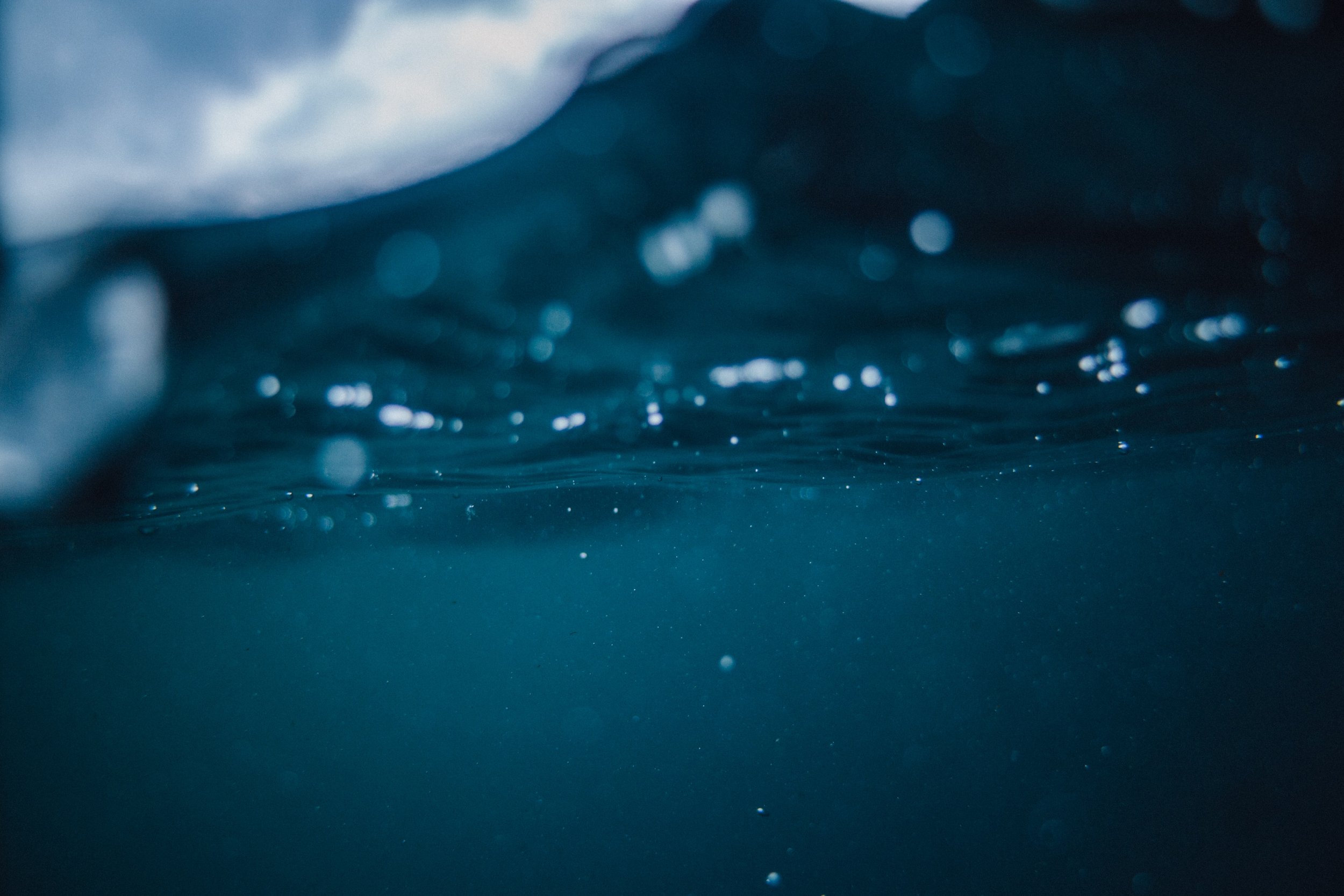The filter control system consists of a NEMA4 PLC with HMI that controls all aspects of the filter's operation, including monitoring the DPS and limit switches, and operating the flush valve, electric motor, flush line pump (if included) and by-pass valves. The control panel includes a flush counter to monitor average flush intervals. Control features include dry contact outputs to remotely indicate flush in progress and fault events and inputs to initiate a start or stop of the filtration system remotely.
The filter conforms to international quality code ISO-14001. It meets or exceeds all current US domestic quality requirements for filtration devices, including, but not limited to, NSF, ANSI, AWWA, ASE, and others.
Note: The manufacturer reserves the right to change product specifications without prior notice.













